This is just a long personal post about my trip to the UK to join in working on a fantastic sound installation
The lead-up
If you get anything out of this post, let it be to talk to people. Make and use every *gosh darn* connection you have. Especially in the art space. Everyone is so friendly.
Six months ago I started talking to some of my coworkers about my side-quest into audio programming. One of them mentioned that he knew someone in the field that would be interesting to talk to. This ended up getting me in contact with Greg White; experimental artist, audio educator, and percussion aficionado. Greg was extremely kind and welcoming into the world of audio programming, helping me to fully build on the half-baked perceptions I had of the field. From our first few chats, my main takeaways were:
- There is a whole world of artistic audio programming out there, working on exhibits and possibly with artists of other disciplines
- Showing your work, in any form, is incredibly beneficial in many regards, both from a professional and community stance
- Talk to Dan Jones
Ignoring the years of experience, mastering of craft, excellent facial hair, etc., the main difference between Greg and I was that Greg came from the audio world into tech, whereas I was going from the tech world into audio. He got me in touch with Dan Jones, another wildly experienced audio programmer who more closely matched my background and prospective path.
Dan was equally as open and wonderful. Along with his extensive portfolio of personal work, he is also half of the collaboration Jones/Bulley which created a large array of audio installations. One in particular, Living Symphonies was set to be rolling out later on in 2023, which at the time was a neat fact. Dan invited me to work on some of his open-source projects with him, namely Isobar, a Python library for musical pattern generation and manipulation. I began working on this (and I’m still looking on expanding functionality now) and everything was great.
Fast forward a few months, I had an opportunity to go to Europe with family and was going to hop into the UK to say hi to Dan and Greg. Dan mentioned that I was going to be around for when they were setting up Living Symphonies which could be really interesting to check out. Family plans fell through but the invite still remained, so I got some plane tickets, got basically abused by Aer Lingus, and eventually ended up in Birmingham, UK.
The UK
There are three points of interest from this trip:
- Compton Verney - An art gallery, historic manor, parish, all plotted on 120 acres of land. This is where Living Symphonies was being installed
- Kineton - A beautiful village in southeast Warwickshire where I stayed at a pub for the majority of the trip
- Edgehill - An area (?) in even more southeastern Warwickshire where the other members of Living Symphonies would be residing
Thankfully these were all very close to each other (by driving at least, good luck walking), so days would usually consist of getting picked up at Kineton, working on-site at Compton Verney for the day, and spending the afternoon at Edgehill before finally bumming a ride back to Kineton for the night. This was not a completely consistent schedule, which worked to my advantage since it gave me time to explore Kineton.
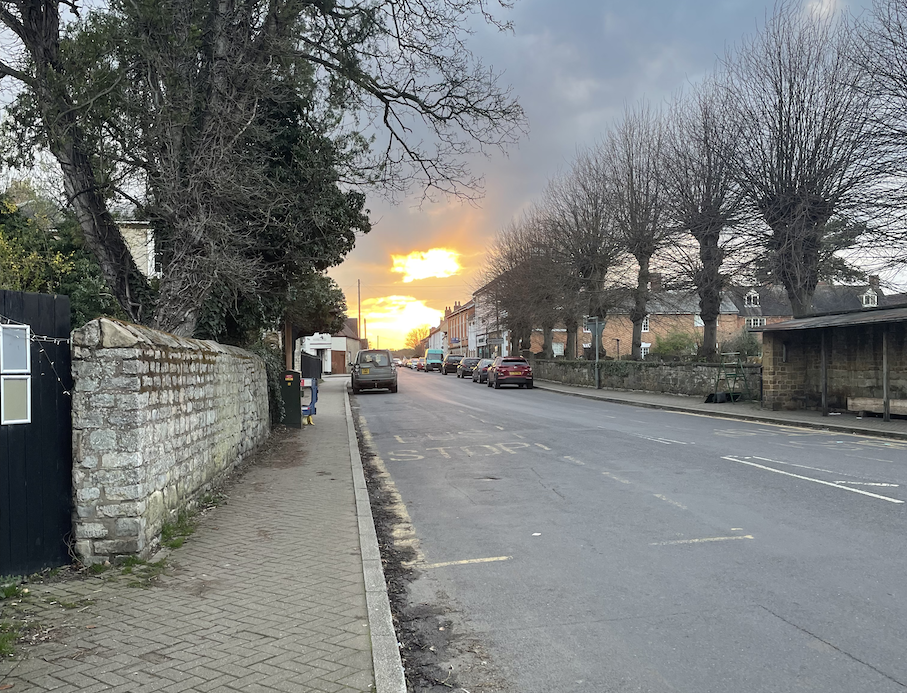
Coming from 24 years and counting in Toronto, Kineton was a dream. The quiet comfort, waking up to owl calls from all directions, going to the Co-op for late night sandwich bread since I’m a bread fiend. It was everything my software-engineer-who-wants-to-get-away-from-technology fantasy dreamed it would be. This was especially supported by the Corner Cottage Bakery, which everyone at Compton Verney raved about and which I visited every day they were open. I don’t know if you’ll ever find yourself near southwest Warwickshire but if you do, please get some goodies from here.
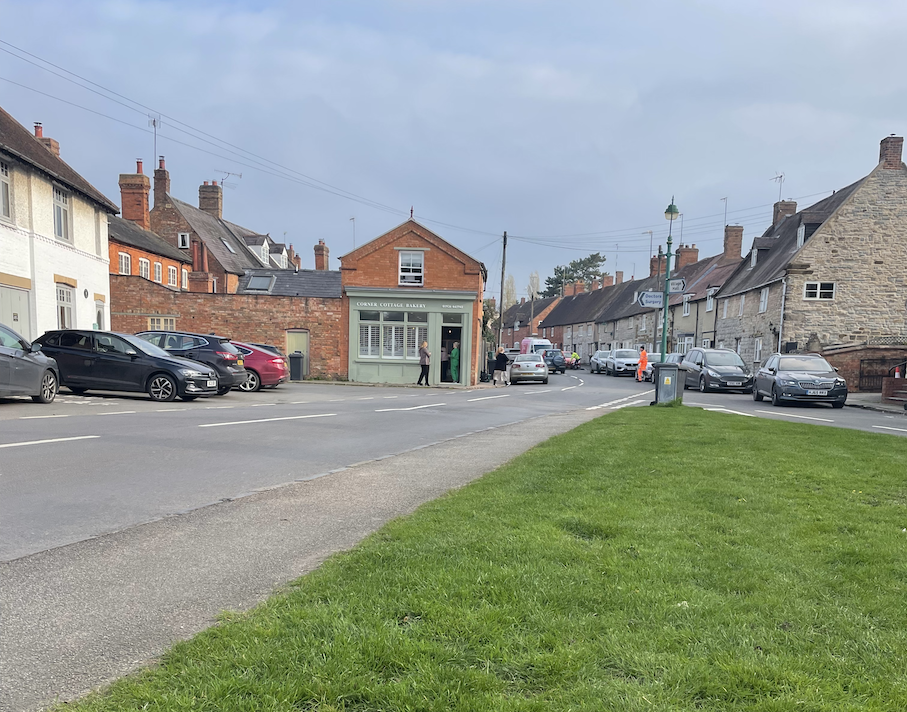
Compton Verney was where I spent probably around 30-40 hours poking around in the forest, peeking at the galleries, and playing with audio tech. I never realized how much I love spending time in a forest, so this was the rude awakening I needed to basically exist outside more. This was also a spot where a bunch of people walked their dogs, which I was overjoyed about.
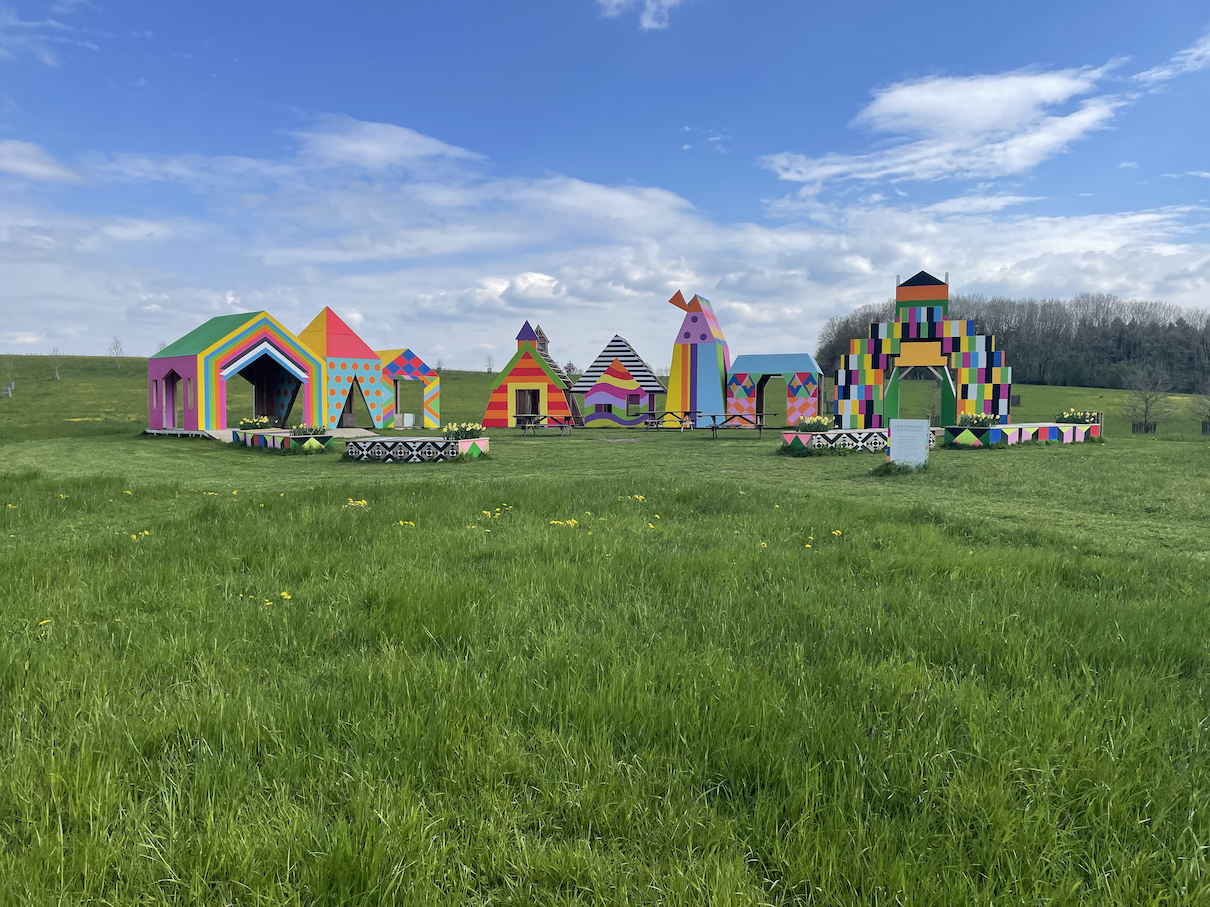
Edgehill was a trip.
Overall, it was a beautiful setting for the week, and my only regret was not having the time to go through all the gin.
Living Symphonies
This was the main reason I was in the UK, and the website explains the piece beautifully:
“Living Symphonies is a landscape sound installation that grows in the same way as a forest ecosystem. Portraying the thriving activity of the forest’s wildlife, plants and atmospheric conditions, it creates an ever-changing symphony heard amongst the forest itself.”
Now allow me to butcher some background details! There are essentially three steps to the installation. First, ecologists study the area that the installation is going to be placed in, marking every meter squared with any flora and fauna in that area. This information is put into a 3D model (by Dan Jones), which emulates where those flora and fauna may be at any time in any weather condition, and what they may be doing. Second, musical pieces are made for each of these flora and fauna, and each of their possible activities (ie. a bird nesting vs hunting). These pieces are conducted by James Bulley, and a collaboration of over 20 artists. Finally, the installation is put in place, setting up and hiding 24 speakers around the forest space, as well as calibrating them for the performance (this is where I joined in!).
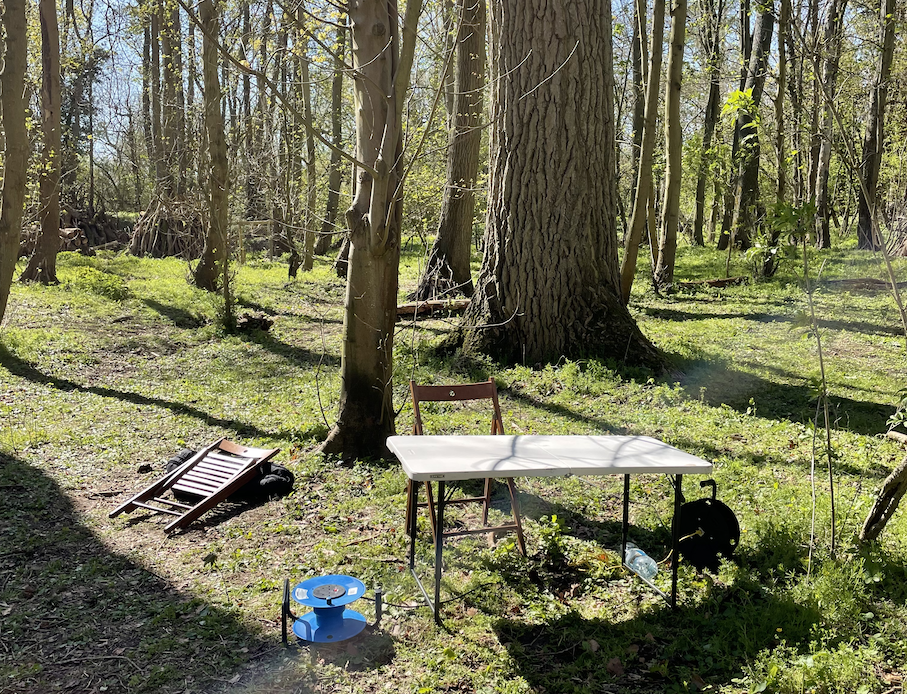
I shadowed Dan as he thoroughly explained the tech and inner workings behind the installation, as well as helping out on-site wherever I could. I was able to even use some of my free time to poke around at a large range of fields that I barely knew before like field recording, synthesizing soundscapes, and a bunch of logistic and setup information on the physical side of an audio installation.
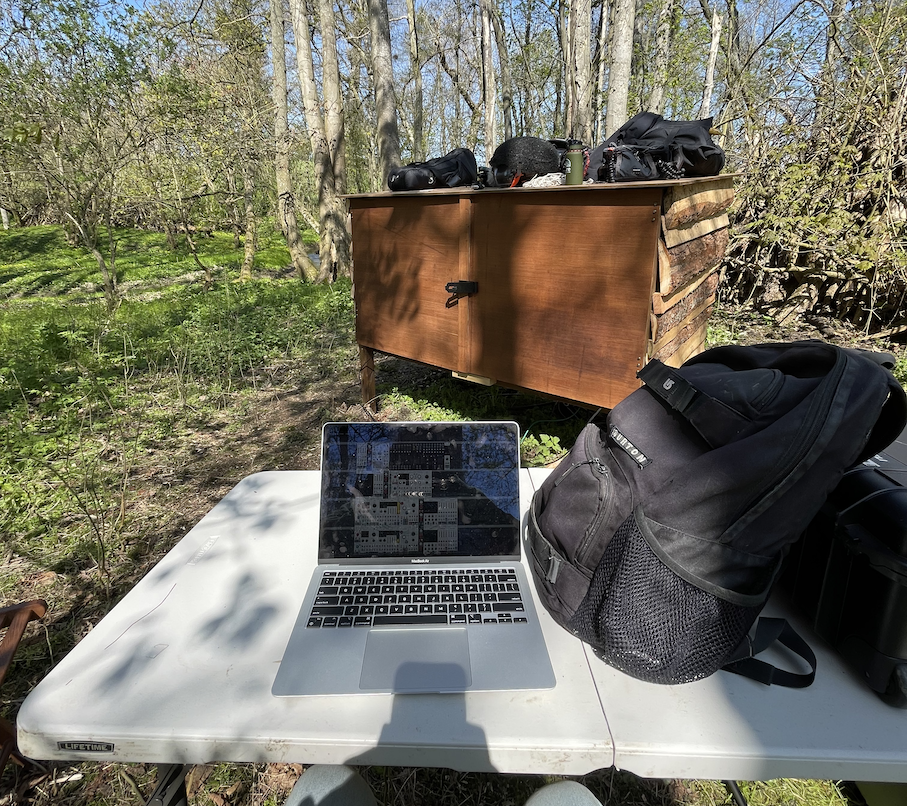
I had been talking to Dan and Greg for a while now at this point, but being able to be involved with a project like this and work alongside a bunch of amazing people spanning across the music-tech spectrum helped to solidify that my tiny worldview was stupid and there are so many different, creative, and wonderful paths I can take. This was also supported by everyone being open to share their experiences and current pathing with me, as well as giving me suggestions on what my own path could look like (thanks also to Jo, Tom, and James!). Something something the world something something your oyster.
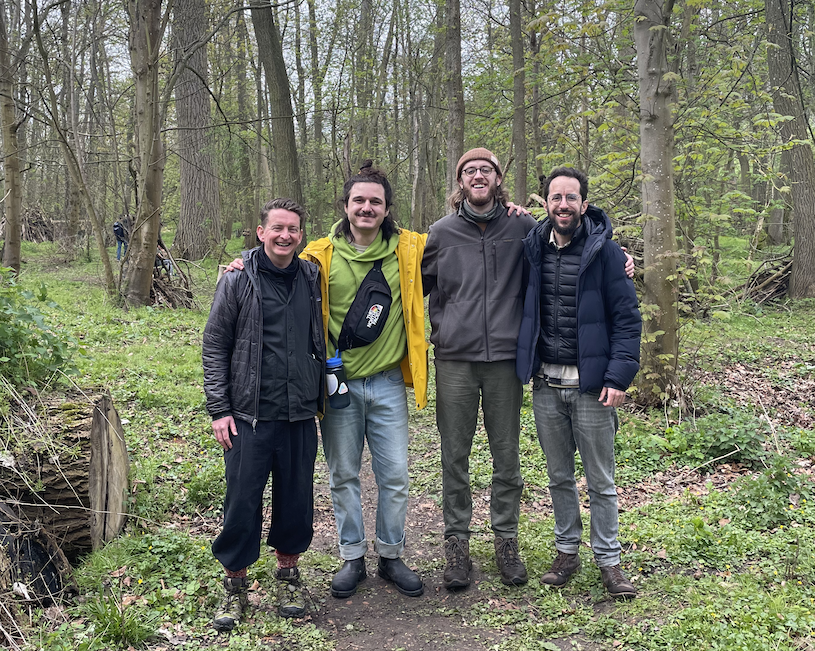
What now
I don’t know but I am excited nevertheless. I was initially using the time before this working on Isobar as I mentioned, and looking to jump into VST’s some more. This has reopened the modular world to me, as well as ideas on what some smaller side projects could be in the form of stupid and quick Javascript pieces. I’ve also got really excited about making soundscapes, there’s something about it that’s so fulfilling.
I’m currently all over the place but I’ll settle at some point and get back on a larger project again. So far, I know it will be audio related and the UI will probably be lackluster.